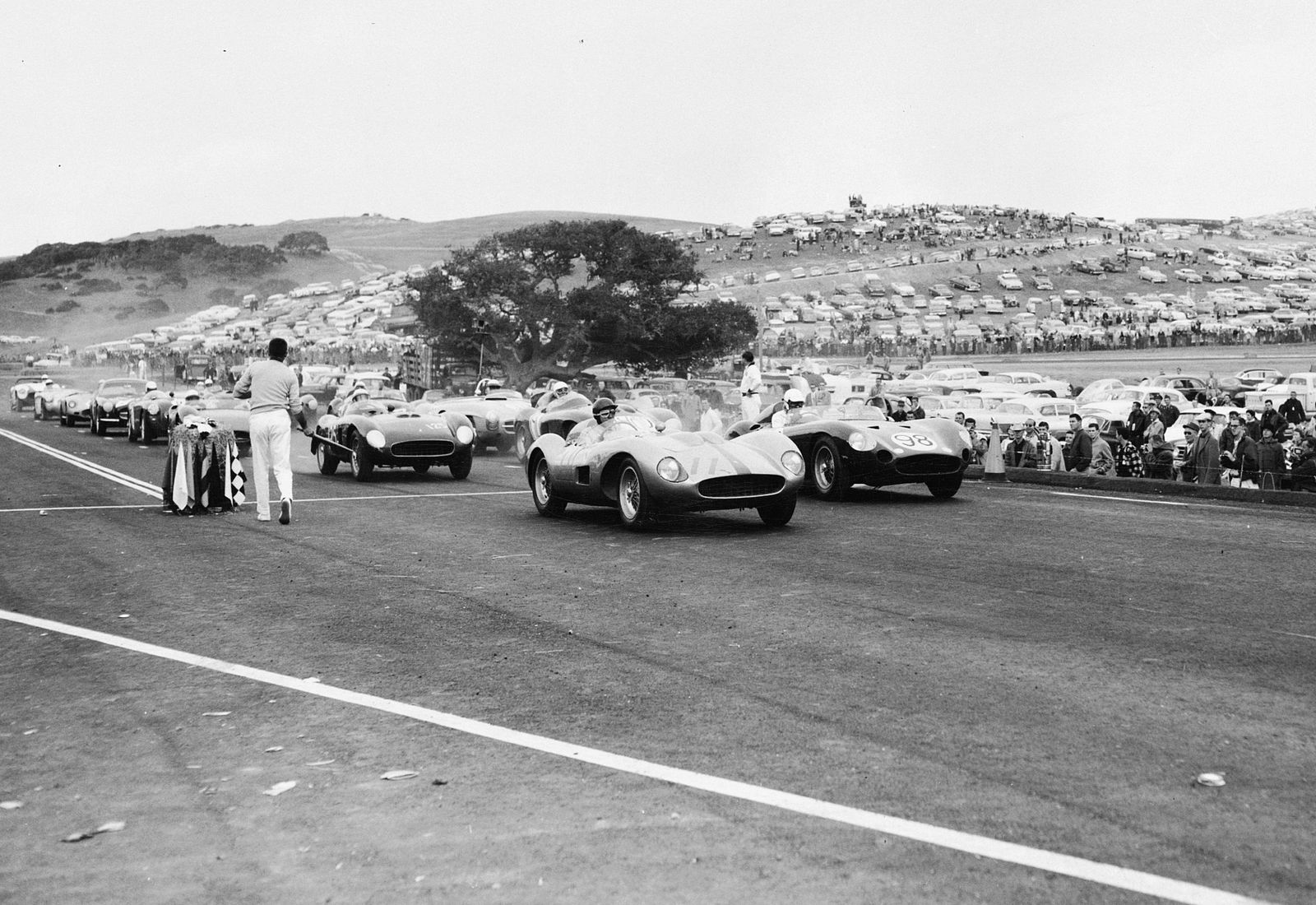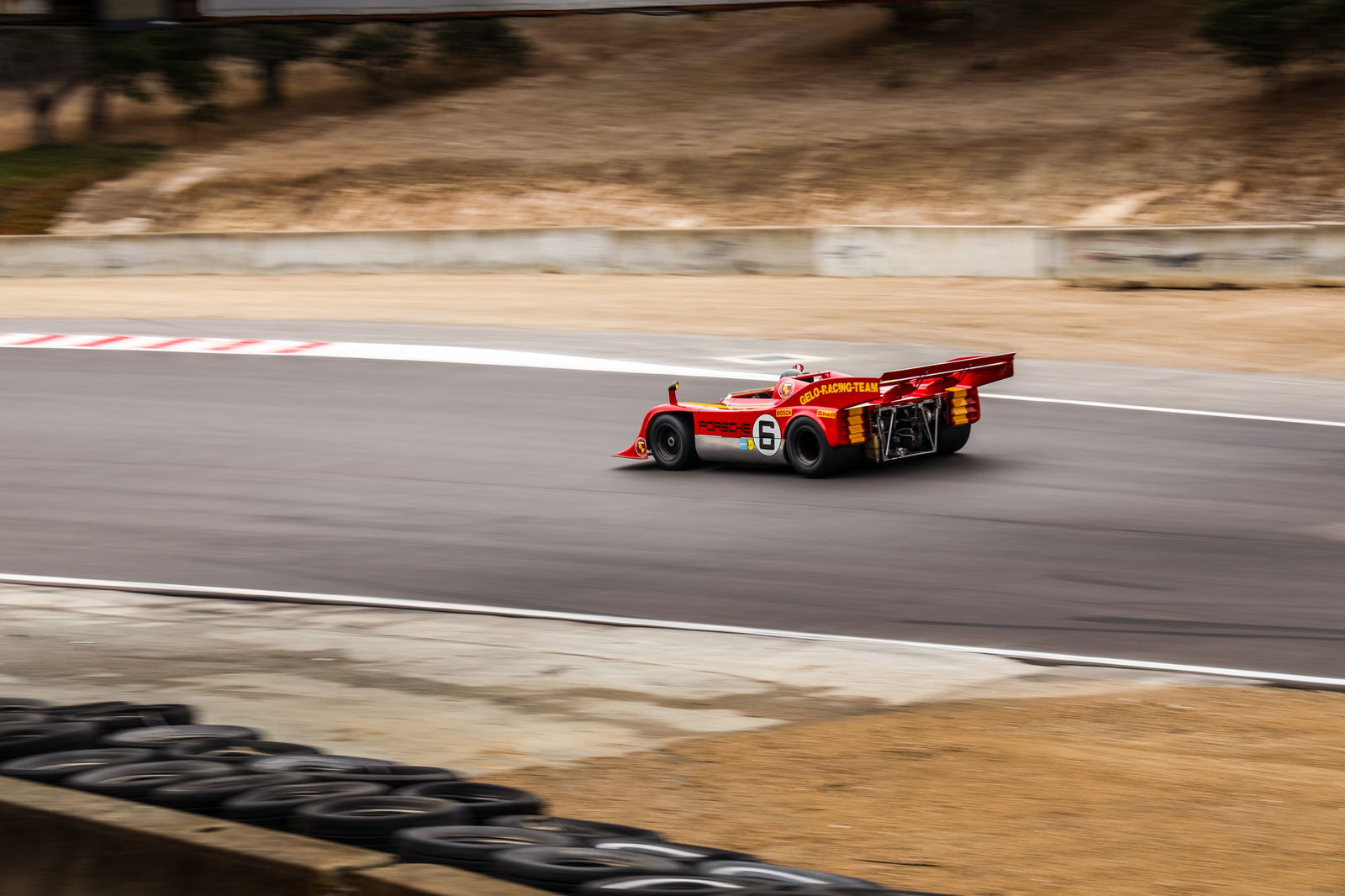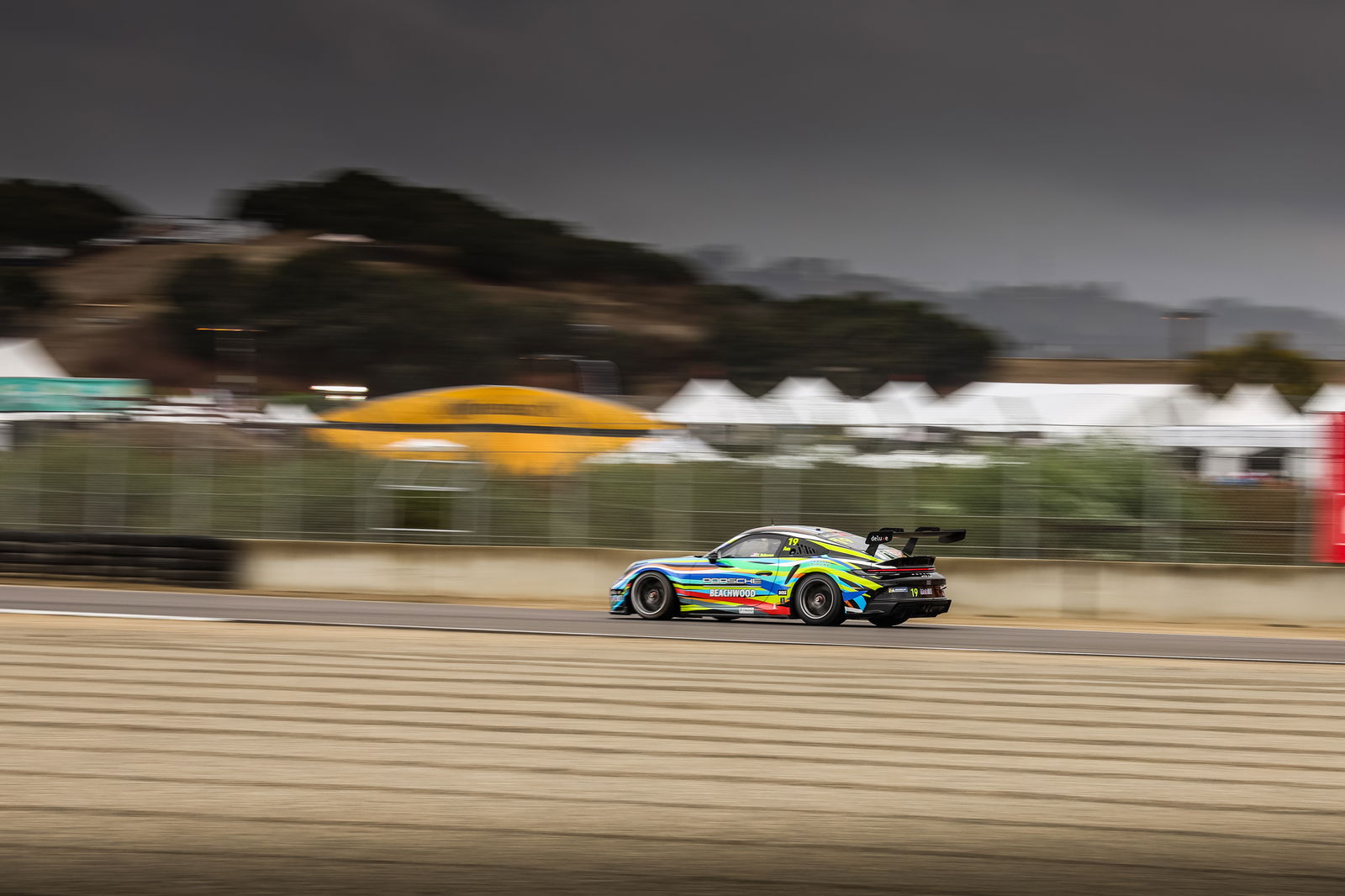Visiting Laguna Seca Fulfilled My 20-Year-Old Gran Turismo Dream

The walk up the hill to the viewing area just seems to keep going. And going. And going. I like to think I’m fairly fit, but about three-quarters of the way up, I’m starting to run out of breath. I’ve seen Laguna Seca Raceway in countless videos and experienced it virtually on various games (we’ll get back to the latter soon), but none of these quite give you an idea of the undulation going on IRL.
The elevation change over the course of the 2.2-mile lap is 55 metres, or 180 feet. That’s about the same height as the Leaning Tower of Pisa, if you like comparisons. The highest point is the Corkscrew, hence why it feels like I’m about to cough up a lung hauling my jetlagged body up the steep bank that leads to the vantage point.

The neat thing is, it isn’t just a viewing area for the iconic and tricky Turn 8/8A combination - if you turn around at the summit, you can see the vast majority of the track. But I can’t get distracted - I want to witness the Corkscrew with my own eyes, over 20 years since seeing the pixelated recreation in Gran Turismo 2.
For every racing game I’ve played since then, be it Forza Motorsport, Assetto Corsa or something else, Laguna Seca has been the go-to. Perhaps it’s the general flow, or maybe the extremely fast uphill left-hander that is Turn 6. Or it could be the challenge of Corkscrew, which I don’t think I’ve ever navigated in a way that I’ve been 100 per cent happy with.
It seems ridiculous enough in games as you approach the blind crest by the Turn 7 kink that precedes before the scenery appears to fall away in front of you. In real life, it’s like someone’s laid a giant piece of Scalextric track over the edge of a small office building. At its steepest point, the Corkscrew features a minus 12 per cent downward gradient and sees cars descend a whopping 18 metres. That’s about the length of a rather large bus, again, if you appreciate some context.
To suddenly see a gaggle of cars bombing their way through it and under the footbridge during the latter stages of a lap is quite something. After drinking it all in for about a minute, I realise I’m smiling, and I feel a little giddy inside. It’s strange to see something so important to you in your formative years suddenly in front of you.
Laguna Seca history
Cars have been thundering around this fabulous circuit long before my pimply-faced self was navigating it on a CRT television, battleship grey PlayStation DualShock controller in hand.
Seca’s history can be traced back to the racing that took place in the 1950s in Del Monte Forest near Pebble Beach, activities which led to the creation of the Concours d-Elegance which still runs today as part of Monterey Car Week. By 1956, it was proven the venue just wasn’t good enough for ever-faster cars, sadly via the death of Ernie McAfee. A proper, permanent facility was needed.

The chosen site was Fort Ord, and after some wrangling with the military, an agreement was made for a new track to be built on army land. Plans weren’t finalised until September of 1957, mere weeks away from the planned 9 November inaugural race, but incredibly, the nine-turn, 1.9-mile track was laid at a cost of $125,000 in just 60 days, just in time for the event. Among the racers present for the first drop of the flag was Carroll Shelby.
Legend has it that the Corkscrew’s course was created by virtue of a lunch break. The story goes that after the foreman drove up the hill and went off for his mid-day grub, a bulldozer driver asked what the plan was for the next bit of the track. ‘Just get down the hill any way you can’, he was told, and that ‘way’ is the shape of the corkscrew as we now know it.

Over the years, Seca has hosted various endurance racing series, IndyCar, World Superbikes and for a time hosted MotoGP’s United States Motorcycle Grand Prix. Formula 1 very nearly made it here too. Improvements to the site in 1988 saw the inclusion of a new infield loop - formed of the new Turns 2, 3, 4, and 5 - to bring the length to 2.2 miles, over the threshold then needed for both Grand Prix Motorcycle Racing and F1.
In the end, Phoenix won out, with a street circuit in the city holding the US GP for just three years before the sport departed the country for another lengthy spell. An F1 race there is now all but impossible thanks to the track being FIA Grade 2 rather than 1 - without an exemption, Laguna Seca is three metres too narrow at its tightest points, the infrastructure isn’t up to F1’s current standards, and it’s a bit too remote.
On track at Laguna Seca
Seca doesn’t need F1, anyway. This place is happily doing its own thing, just as it has been for well over half a century. It’s a joy to wander around and take in, which given its reasonably compact nature is easy to do - steep hill up to the Corkscrew aside.

To experience it properly you need to get out on track, of course, a box I tick via a passenger ride in a new 911 GT3 RS as part of the Porsche Rennsport Reunion. This brings with it more surprises regarding gradient - the start-finish straight, which looks like a very gentle slope in the game, feels extremely steep on the uphill section.
The Corkscrew is a violent experience you can’t quite prepare yourself for due to the blind crest just before, but what seems most likely to leave a lasting impression is the stupidly quick Turn 6. Helped by the cartoonishly large aero devices on the GT3 RS, we’re carrying huge amounts of speed through there, and you can really feel the heavy load towards the right side of the car. It’s almost painful.
It’s always a worry to experience something first-hand after building it up in your head, especially if that’s happened over the course of more than two decades. But having at last been to Laguna Seca myself, my love for it has only grown. Best track in the world? For me it certainly is.



Comments